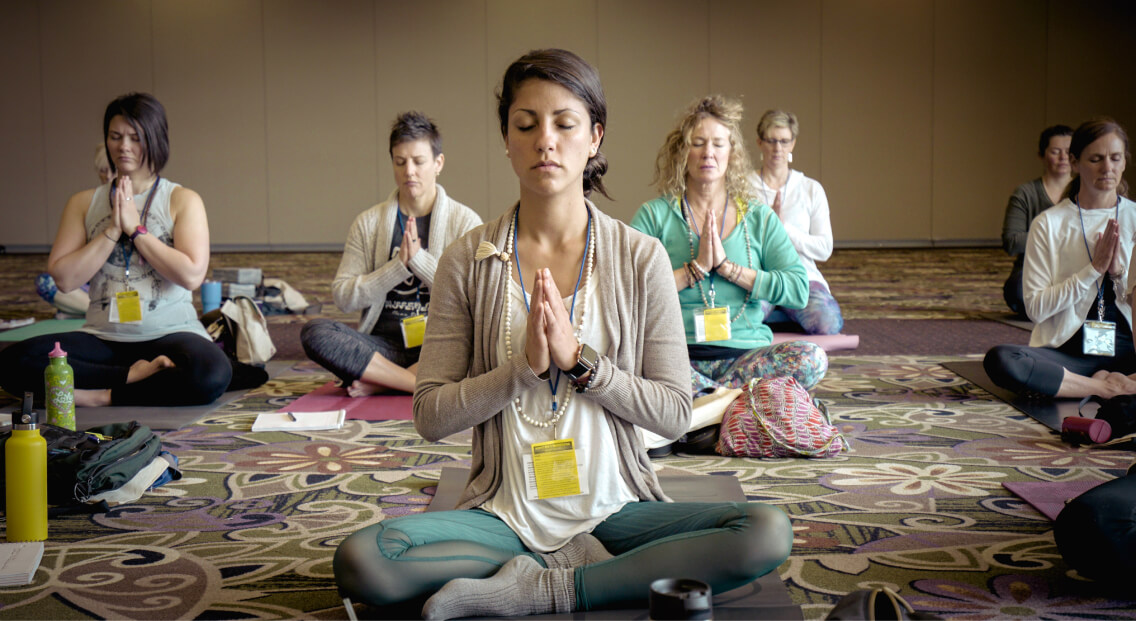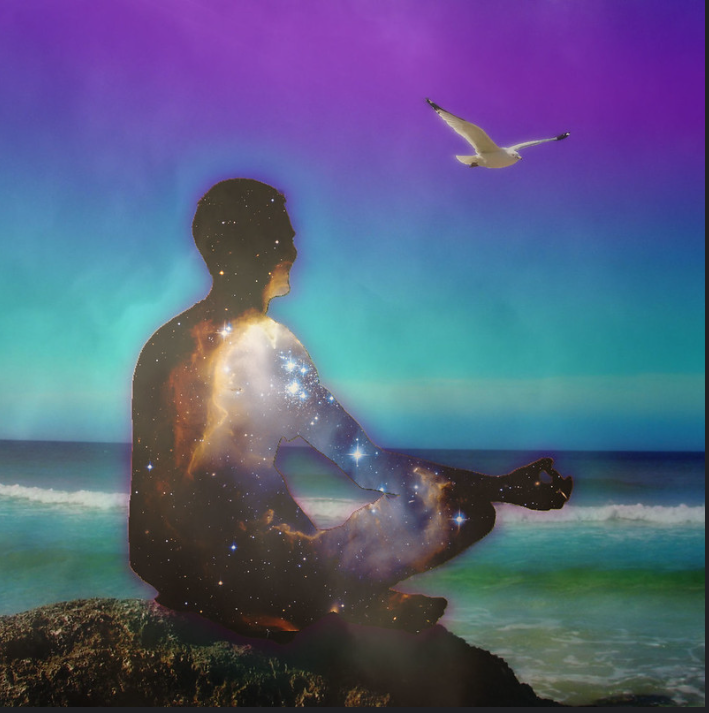We often hear people referring to pranayama as simply a technique for controlling the breath. While breathing is indeed a part of pranayama, it is far more than that. Pranayama is about controlling the flow of energy in our body, specifically the nerve impulses that govern our daily physical and mental activities. In this post, we’ll dive into what pranayama really is and why it plays a crucial role in the practice of yoga.
What is Pranayama?
The word “pranayama” comes from two Sanskrit words: “prana,” which means life energy or vital force, and “ayama,” which means control or extension. So, pranayama is the practice of controlling or regulating the life energy that flows through our body. This energy, known as “prana,” is closely linked to the breath, but it extends beyond that. It’s about controlling the impulses and energies within our body that influence everything from our thoughts to our movements.
Pranayama in the Eight Limbs of Yoga
In the yogic tradition, the path to spiritual success is divided into eight steps, known as the “Eight Limbs of Yoga,” as outlined by the sage Patanjali in his Yoga Sutras. These steps are:
- Yama (Ethical Discipline)
- Niyama (Self-discipline)
- Asana (Physical Postures)
- Pranayama (Breath Control)
- Pratyahara (Withdrawal of the Senses)
- Dharana (Concentration)
- Dhyana (Meditation)
- Samadhi (Self-realization)
While pranayama is listed as the fourth step, it is not just about breathing. It is the process of controlling and directing the vital energy or impulses that flow through the nervous system, especially the autonomic nervous system, which governs bodily functions like breathing, heart rate, and digestion.
The Role of Breath in Pranayama
While pranayama is much more than just breath control, breath does play an important role in this practice. By consciously controlling the breath, we can influence the energy or prana flowing in and out of our body. Through different breathing techniques (like inhaling, exhaling, and holding the breath), we can manage the balance between the sympathetic and parasympathetic nervous systems — the two parts of our autonomic nervous system that control our body’s responses to stress and relaxation.
However, it’s important to remember that pranayama is not just about “breathing exercises.” It’s about controlling the underlying energy that the breath represents — the impulses that influence everything from physical movements to emotional states.
How Pranayama Works: Energy Control
Pranayama works by regulating the flow of impulses through the autonomic nervous system, which has two types of fibers:
- Afferent Fibers: These carry sensory information from the body to the brain. They help us understand what’s happening inside our body, such as when we feel tension or relaxation.
- Efferent Fibers: These carry signals from the brain to the body to initiate actions like breathing, heart rate, and digestion.
By practicing pranayama, we can learn to control these nerve impulses and direct the energy flow. When we regulate the breath, we also influence the functioning of these nerve fibers, helping to calm the body and mind, reduce stress, and improve overall well-being.
The True Purpose of Pranayama
The true purpose of pranayama is not simply to control the breath but to control the impulses and energies that govern our body’s automatic functions. Through pranayama, we can prevent the dissipation of energy and focus it where it is needed most. This practice helps bring balance to our nervous system, allowing us to manage stress, improve mental clarity, and enhance our physical health.
In short, pranayama is the art of controlling energy. It’s not just about breathing correctly; it’s about learning how to manage the vital life force within us, guiding it toward greater health, vitality, and spiritual growth.

